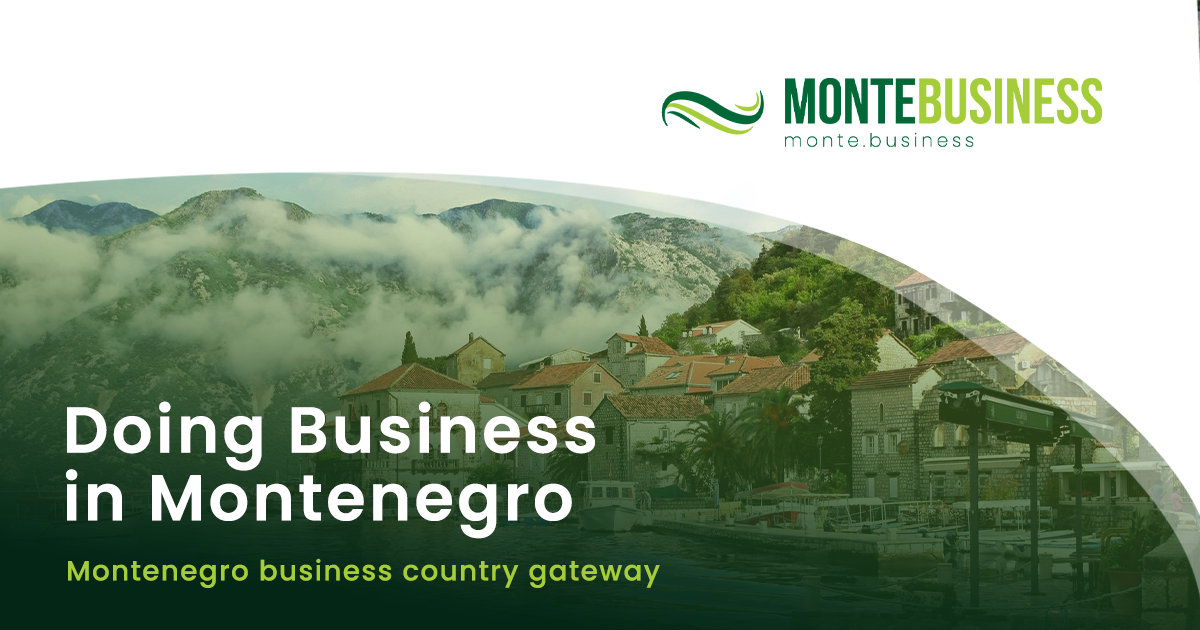In July, when Montenegro’s coast should be at the peak of the tourist season, hotels and private accommodations are noticeably underbooked, with occupancy rates averaging only 50-60%, even in popular destinations like Budva. Many private accommodation owners express dissatisfaction, as reservations are far below expectations.
Nikola Pejović, president of the Montenegrin Hotel Association, points to several causes: unreliable air travel, cancellations from Eastern Europe, poor infrastructure, and the lack of a unified tourism development strategy. He notes that while last year hotels were nearly full at this time, this year occupancy is much lower and continues to decline.
One of the key issues is unreliable flight connections, especially from Eastern Europe and Asia. Conflicts in Ukraine, Gaza, tensions in Israel, and fears of terrorism have seriously affected arrivals. Flight cancellations often lead to loss of hotel bookings without compensation, as enforcing penalties risks losing business partners.
Pejović highlights a particularly alarming situation at the largest hotel complex in Budva, Slovenska Plaza, which currently has only 700 guests out of 3,000 beds. Private accommodation faces similar challenges, compounded by the lack of a unified system to register and track guests, leading to inconsistent data and poor management.
Regional tourism support is also weak this year. While arrivals from Serbia increased in the first half of the year, July shows large gaps. Some positive signs include visitors from Israel, China, and Western Europe, but many stay only for short visits, raising doubts about their return.
In Kotor, the situation is slightly better, though last-minute cancellations from groups, especially from Israel and Turkey, are common. Pejović admits the crisis is difficult to explain, describing the overall feeling as “something is not right.”
Despite the challenges, Montenegrin tourism professionals remain hopeful but emphasize the urgent need for systemic changes: completing infrastructure projects, improving air connectivity, and organizing the sector more effectively. Without these changes, the current “ad hoc season” risks becoming the new normal.








